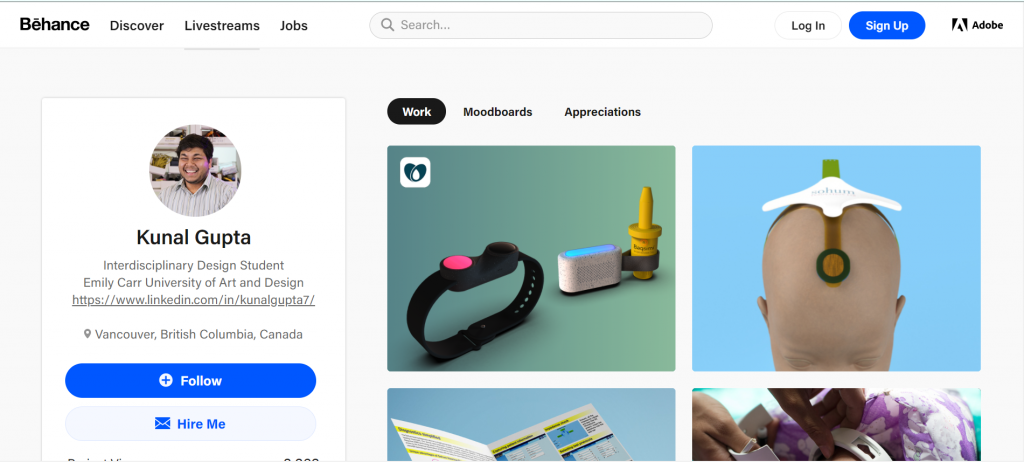Independent Heroes
Kunal Gupta
Facilitating type 1 diabetic young adults’ transition to adult care through a design intervention that helps them navigate hypoglycemia.
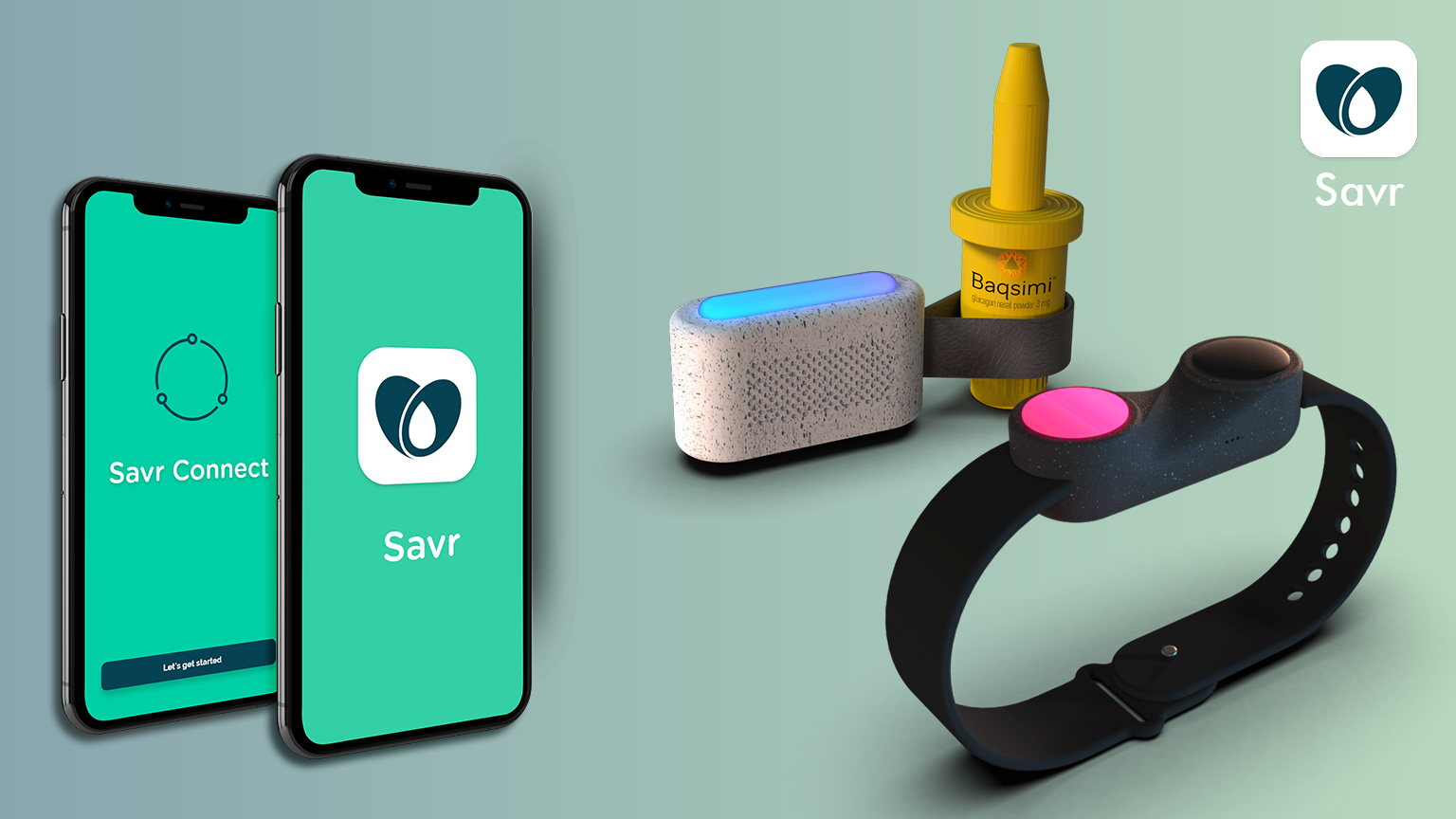
This project focuses on the condition of severe hypoglycemia (low blood sugar) in young adults living with type 1 diabetes by investigating the unique challenges they face in transitioning to adult care. The designed outcome of the research is a smart wearable device that works in conjunction with continuous glucose monitors (CGM), alerting bystanders and emergency contacts of a diabetic emergency, and providing life-saving instructions. Additionally, it alerts the medical emergency services for prompt assistance if needed. The solution provides early intervention during emergencies in efforts to alleviate the fear of hypoglycemia in young adults and reduce load on the already burdened healthcare system.
Type 1 Diabetes (T1D)

Problem Space
- Research shows that 1 in 3 young adults living with type 1 diabetes have experiences a severe low blood sugar termed as hypoglycemia where they have become unconscious in public and has been rushed to the emergency.
- Canadian young adults living with type 1 diabetes often find themselves at the risk of hypoglycemia during emerging adulthood. The concept of emerging adulthood has not been considered extensively in the management of chronic illness and transition from pediatric to adult care. Yet, this is a critical time when a person assumes responsibility for their diabetes self-care while simultaneously facing all the usual challenges young adults face.
- During this transitional age, young adults tend to become more independent, possibly leaving their parents’ home to start university or join a workplace with new people around who are unfamiliar with their medical condition. In diabetic emergencies, new friends may be unaware of the protocol for helping, leading to life-threatening situations.

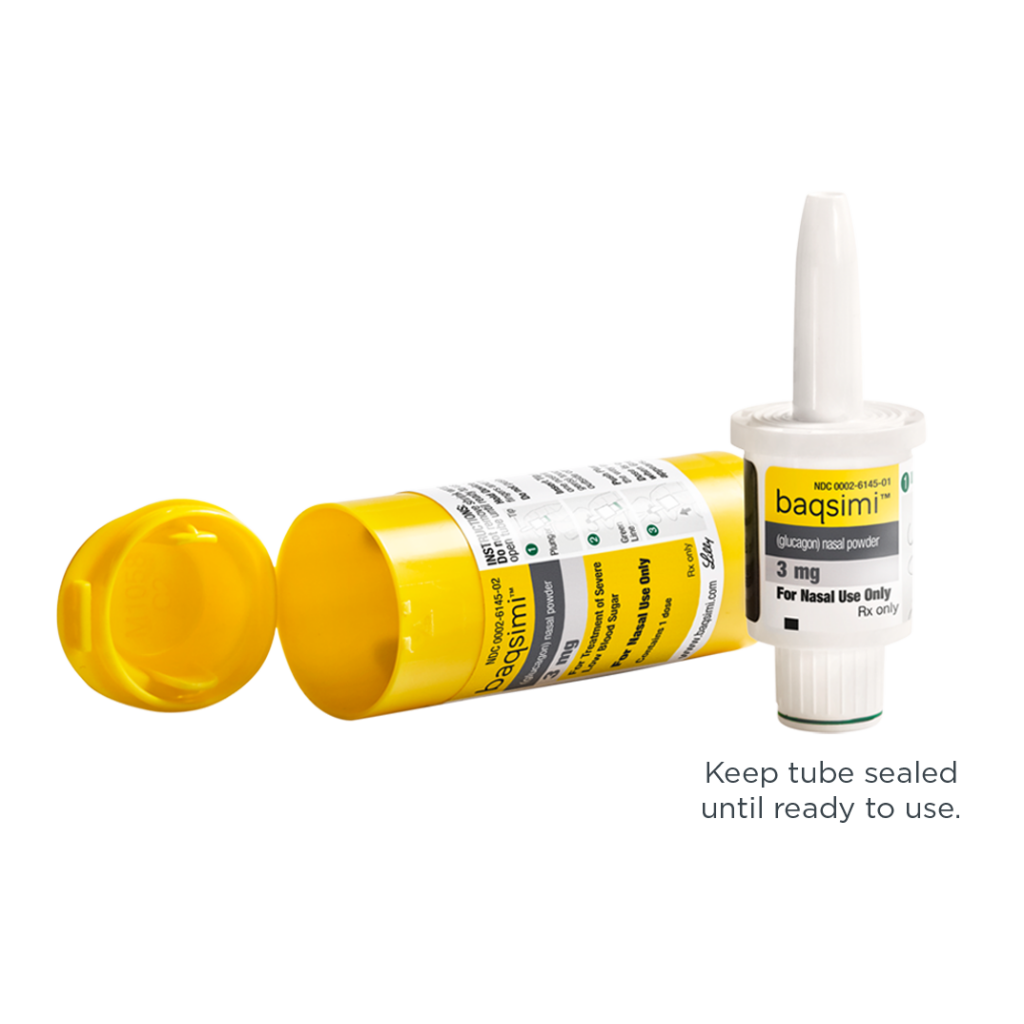
Glucagon, an emergency medication commonly used to treat severe hypoglycemia, only works if someone knows when to use it, where it is, how to use it and is motivated to do so.
Methodology
The research methodology focuses on human-centered design research practices, collection of tools and methods that create a space where we acquire deep empathy with the stakeholders in a particular situation by putting them at the core of the research process and ensuring they have a voice. This user engagement brings about more inventive results, a superior “fit,” and higher acknowledgment rate of intended solutions than traditional design methodologies (Health Design Lab, 2016).
To further reveal the stakeholder’s knowledge various HCD methodologies were used. These included collaboration with young adults living with type 1 diabetes through surveys, interviews, cultural probes and co-creation workshops.

The research collection seeks to answer the following research question:
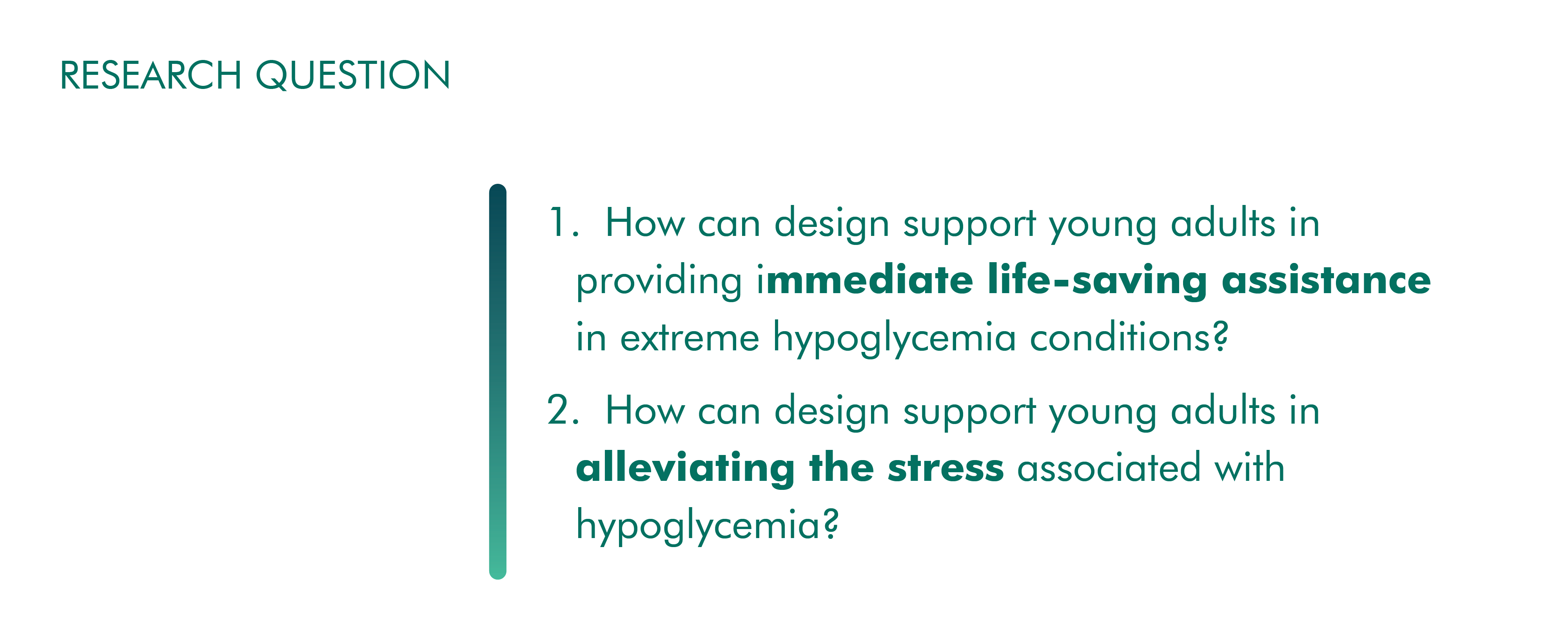
Design Intervention

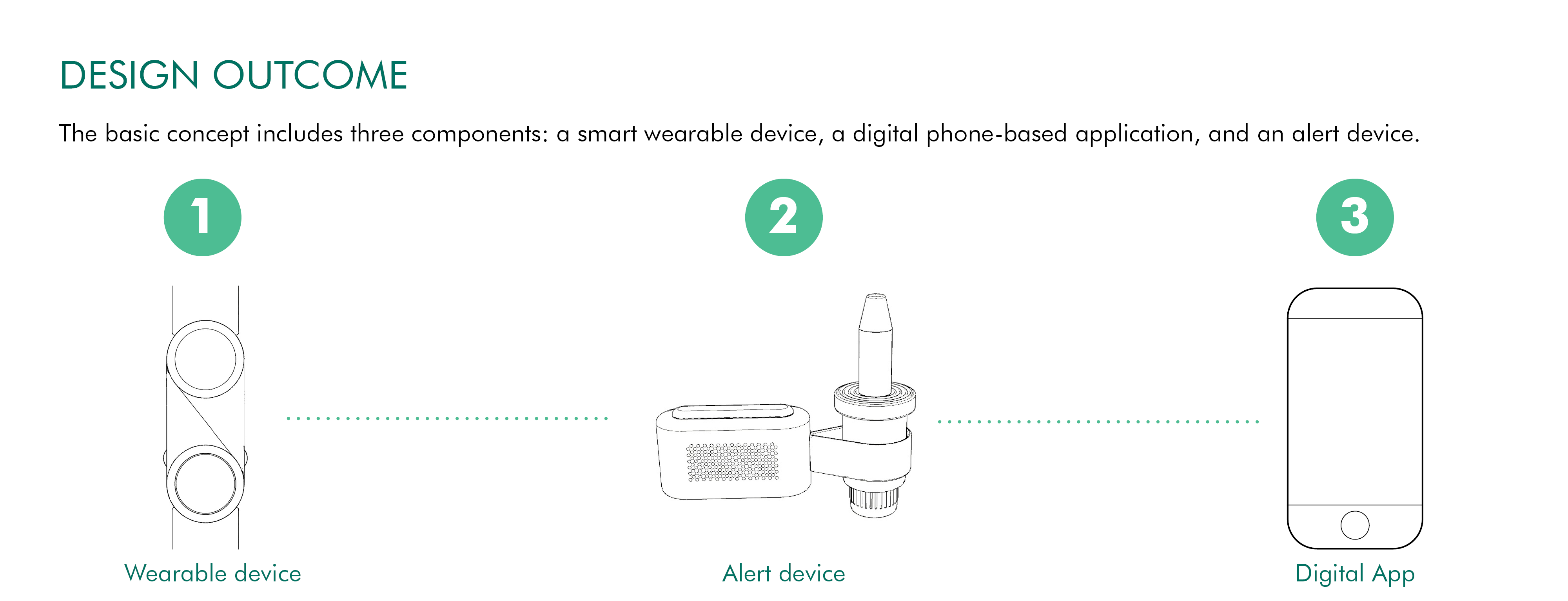
The wearable device (1) acts as a personal alarm device to alert people and guide them through the life-saving process in emergencies. It works in conjunction with an existing CGM and is based on the CGM readings. The wearable has an SOS button to report a possible emergency condition, which activates by long-pressing two times.
The smart wearable integrates with any CGM device through a digital application using Bluetooth technology. It alerts emergency contacts through a carrier app and bystanders through mass text notification which doesn’t require an embedded app. The app initiates an automatic voice call to medical emergency service if required.
The alert device (2) attached to the emergency glucagon kit has a signal LED and a speaker representing the alerting system. As soon as the button is pressed on the wearable or through the app (3) to locate the emergency medication, it starts blinking and beeping, making it easy for the attendant to search and administer the medication based on the app or text instruction notification.
The solution is based on nasal glucagon which is commercially available in the market and is easy to use as opposed to injectable glucagon.

INTRODUCING
Savr : A personal alarm system to guide people through emergency life saving assistance caused by severe hypoglycemia in type 1 diabetic patients
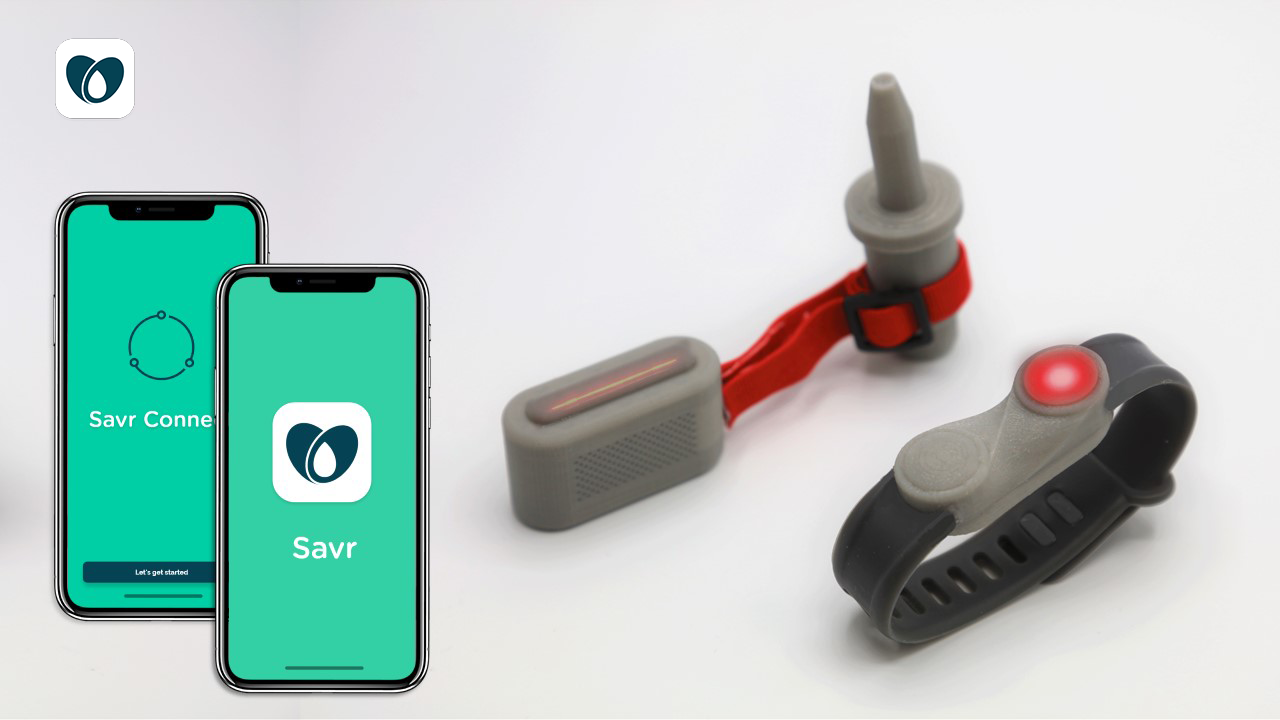

1. Smart Wearable device
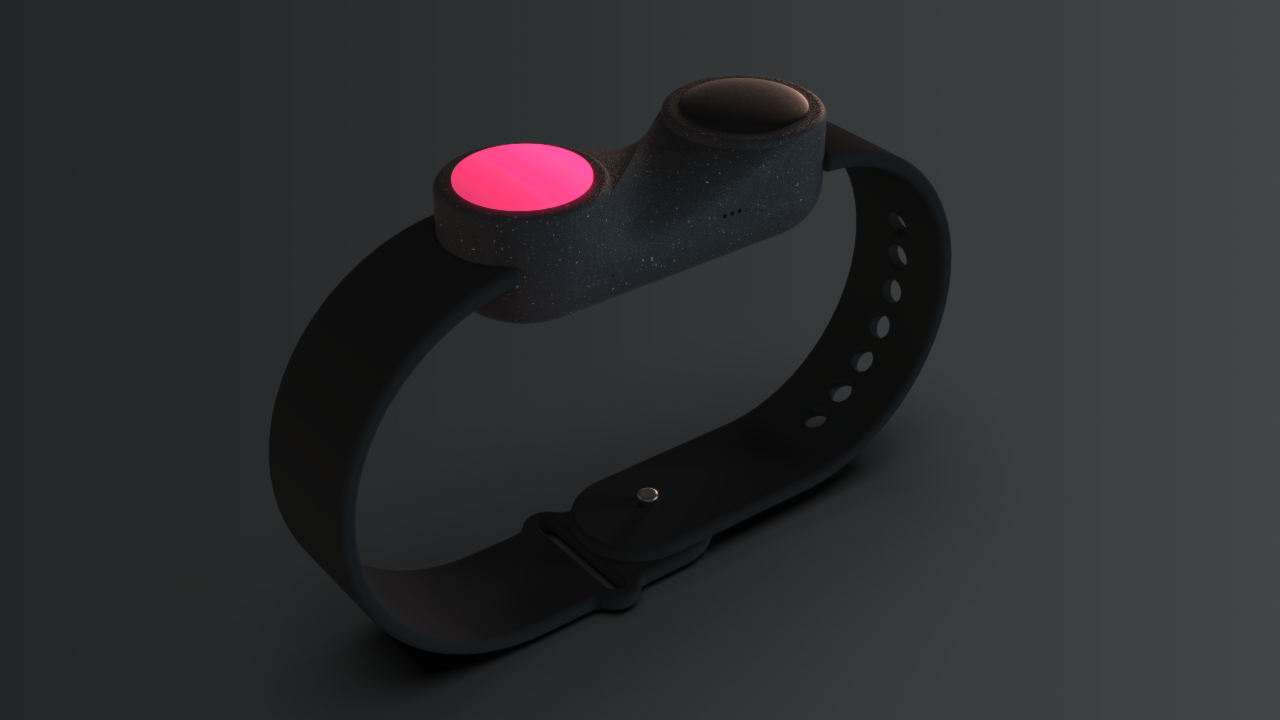
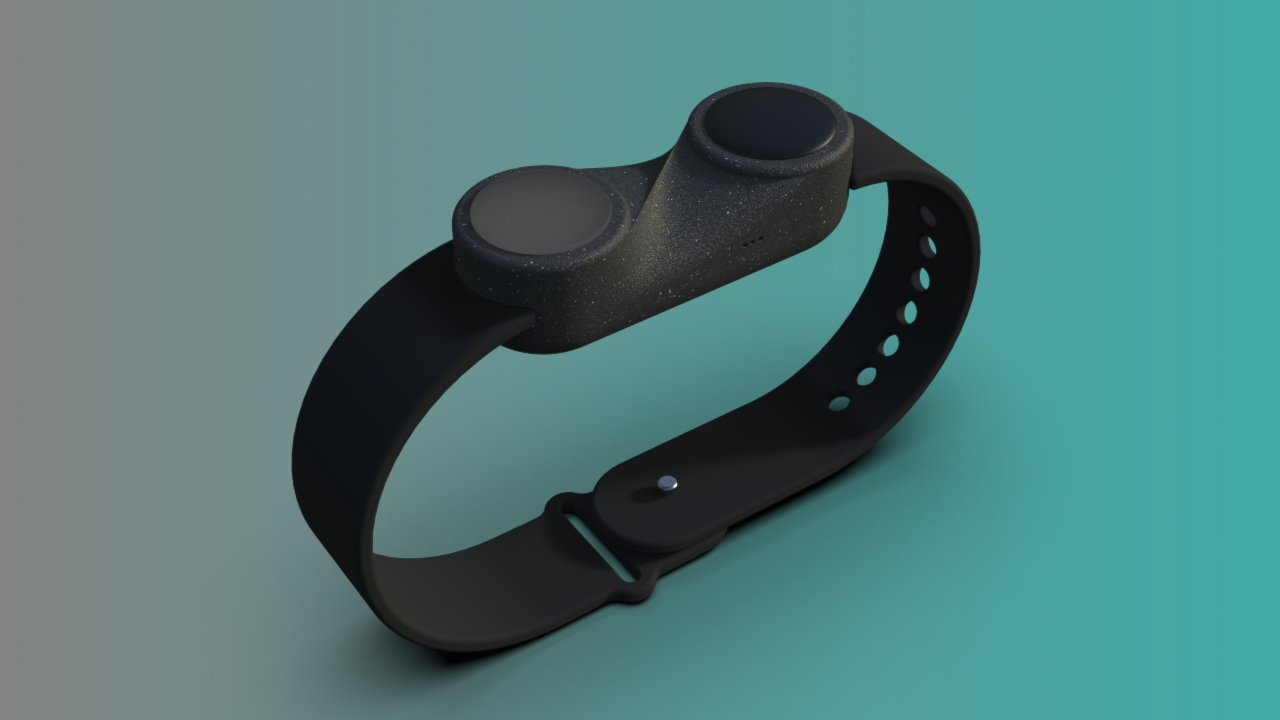
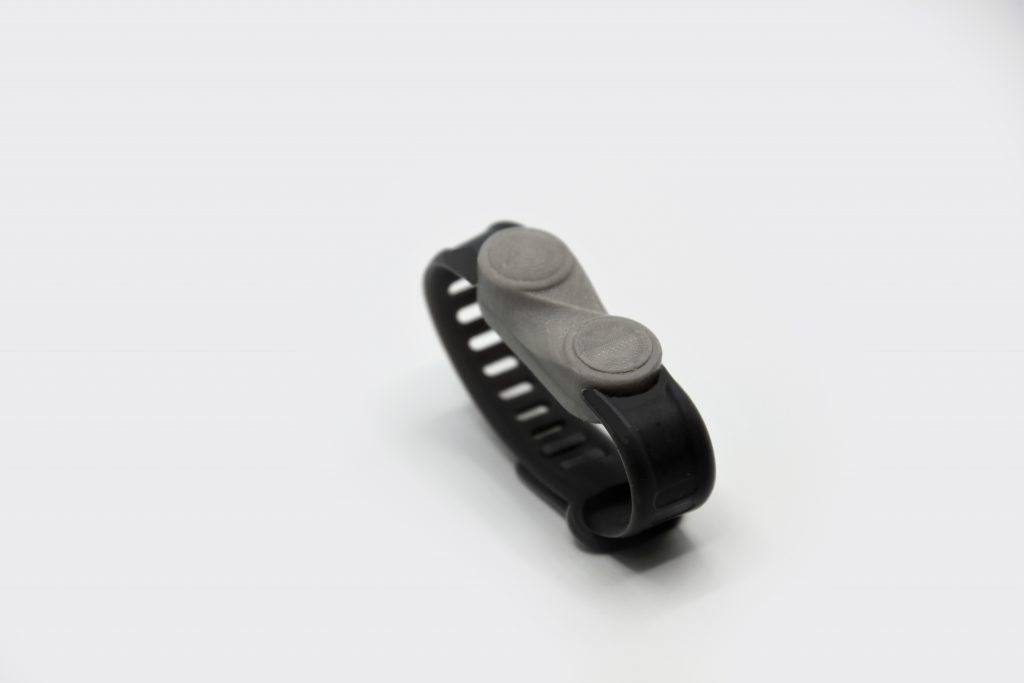

2. Alert Device
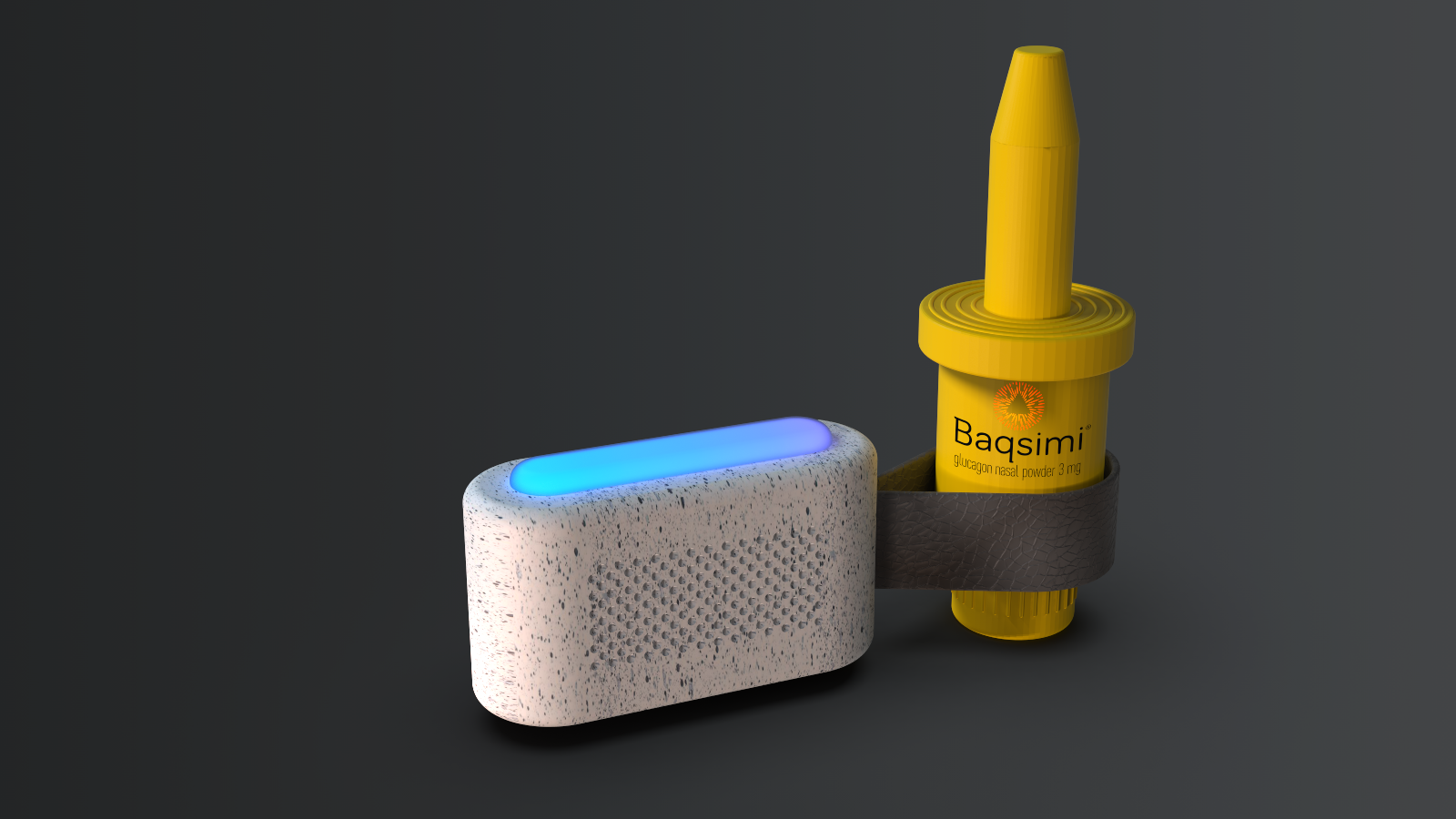
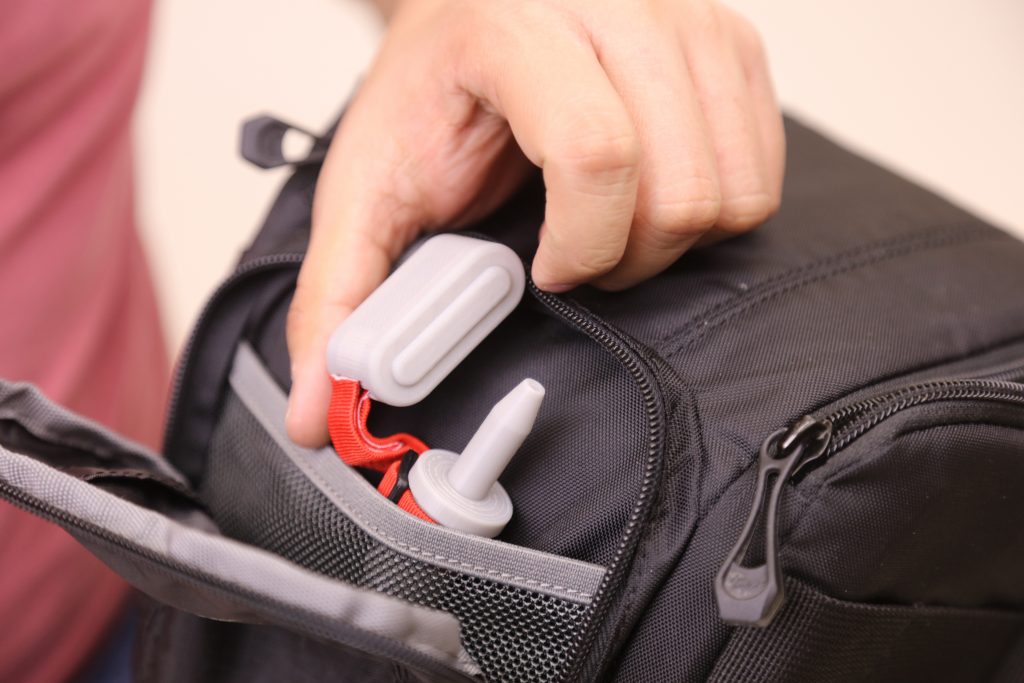
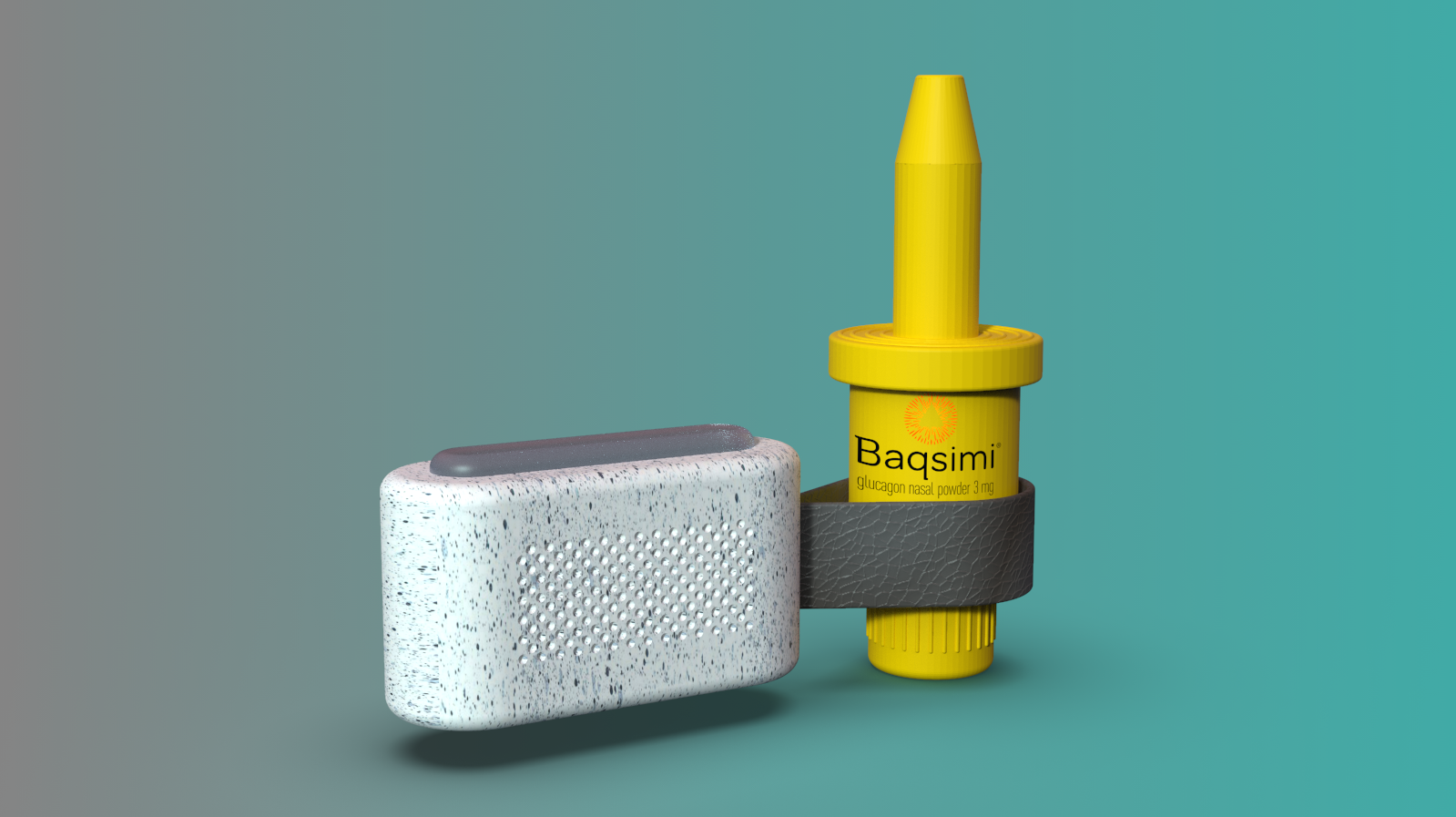
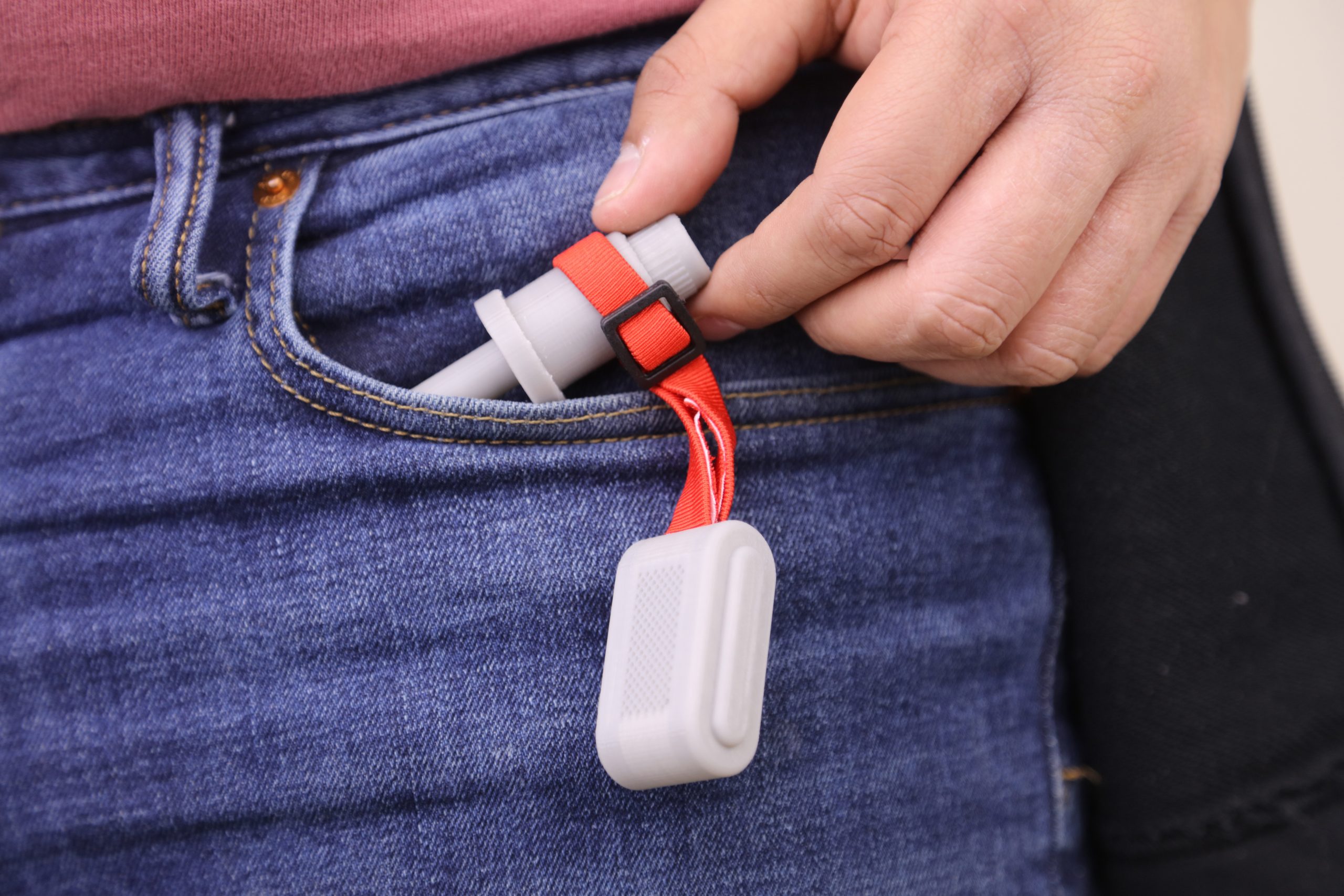
3. App
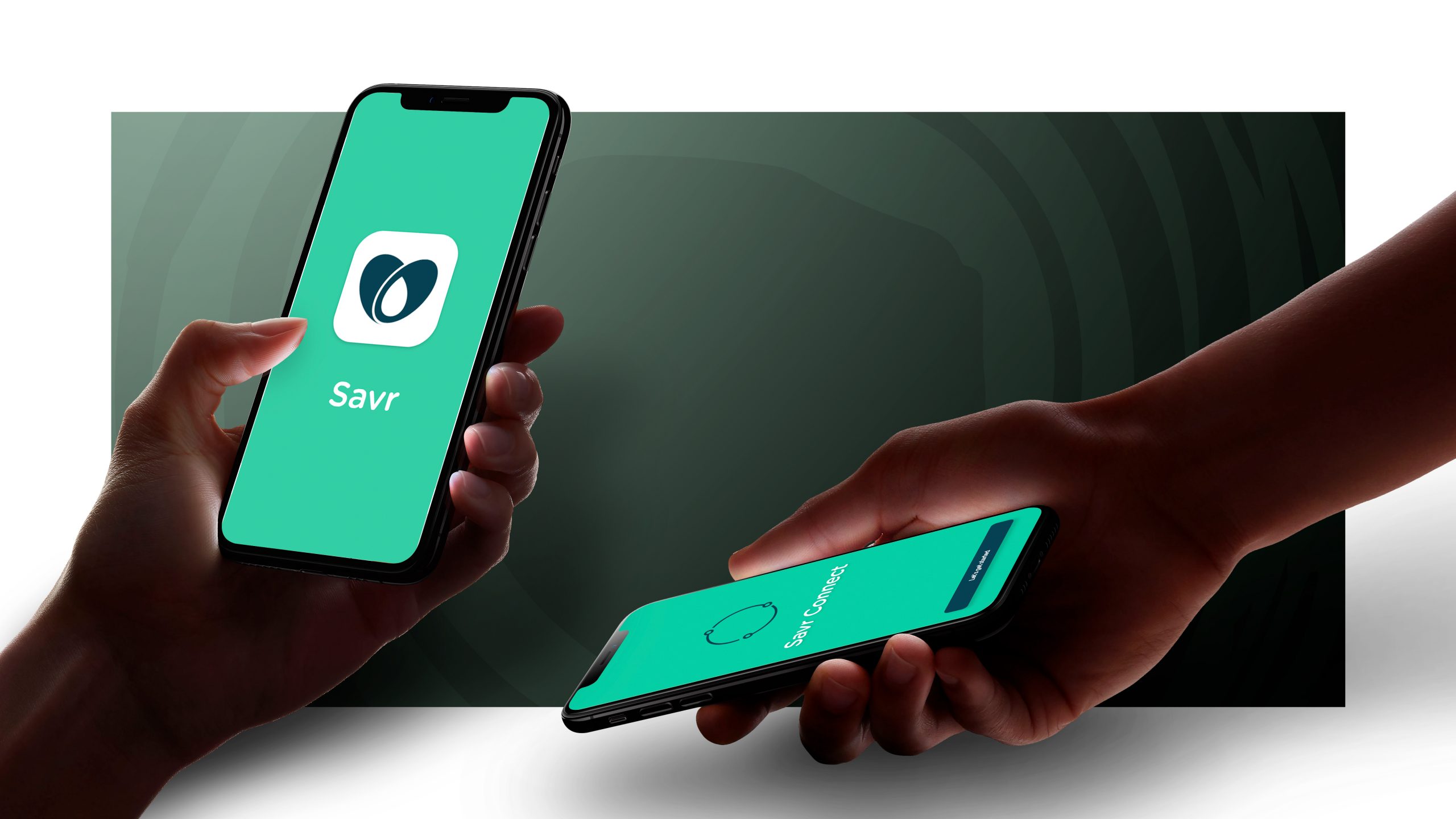
The solution attempts to provide early intervention during emergency and could also alleviate the fear of hypoglycemia in young adults. This in turn will reduce the load on the already burdened healthcare system.
This could be game changer in the diabetes technology and young adults could utilize life saving tool and live an independent lifestyle.
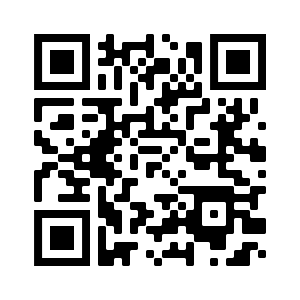
Scan QR Code to know more about the project.
Show Full project Here
